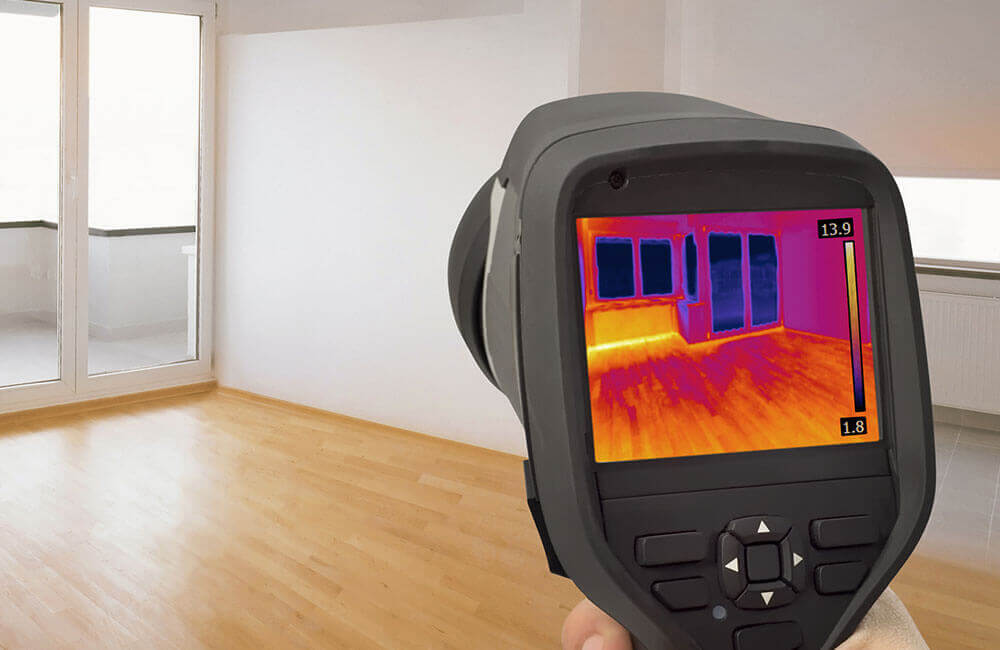Home inspections are often ordered by homebuyers to learn about the condition of a property as part of the purchase process. Homeowners can also order an inspection to learn about any repair issues or maintenance concerns that they should address.
Some home inspectors are using infrared thermal imaging in home inspections as part of their inspection process, but this technology is not widespread. Before you schedule an inspection, consider the benefits you’ll gain from infrared thermal imaging in home inspections.
What Is Infrared Thermal Imaging In Home Inspections?
Infrared thermal imaging in home inspections involves scanning different areas of the property with an infrared camera. Through thermal imaging, temperature differences are revealed that may indicate issues that require the homeowner’s attention.
1. Air Leaks Around Windows and Doors
One of the most common causes of temperature variations is drafty doors and windows. This may seem like a minor concern at first glance, but it directly impacts the efficiency and lifespan of your HVAC system. Air leaks also cause higher energy bills. A home winterization inspection or energy inspection should include thermal imaging.
2. Poor Insulation
An infrared image can reveal areas of insufficient insulation within your walls. Fiberglass insulation may slouch down in the wall over time and create uneven heating. Insulation could also become damaged or deteriorate over time. It’s difficult to determine on your own when insulation is a concern since it’s hidden behind walls. Thermal imaging gives the inspector a tool to identify and pinpoint inadequate insulation.
3. Roof Damage
Scanning the roof and attic with an infrared camera may alert an inspector to water and air leaks. Some air leaks at the top of a home are related to poor insulation, but even a small gap in the shingles and underlying materials can show up with infrared thermal imaging in home inspections. Identifying this type of problem and repairing it as soon as possible helps you to avoid more significant roof damage, water damage, and lost energy.
4. Water Leaks
Some homes have small plumbing leaks for months before a homeowner becomes aware of the problem. This is particularly true with hidden leaks behind the walls. When the home is scanned with a thermal imaging camera, small leaks will show as cooler spots on the image. The infrared image accurately pinpoints where the leak is located so that repair work can be completed at a lower cost.
As you can see, you’ll benefit from choosing an inspector who uses infrared thermal imaging in home inspections. A scan will provide you with more accurate and detailed information about the condition of a home. As you prepare to order a home inspection, look for a home inspector who offers thermal imaging.
Homeworx Services Inc. serves Northern Virginia with infrared thermal imaging in home winterization inspections and home energy inspections. Contact us to schedule an inspection.

